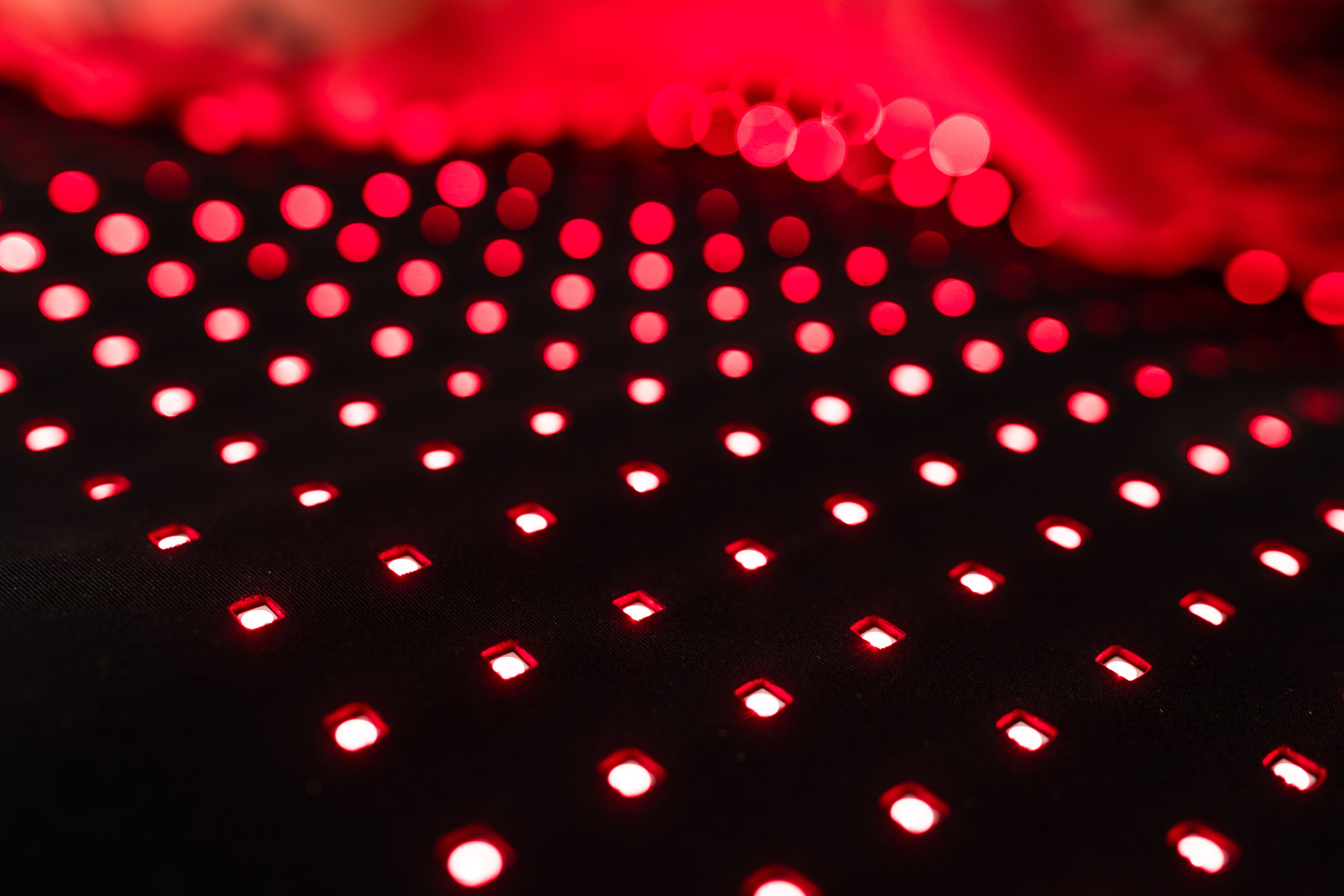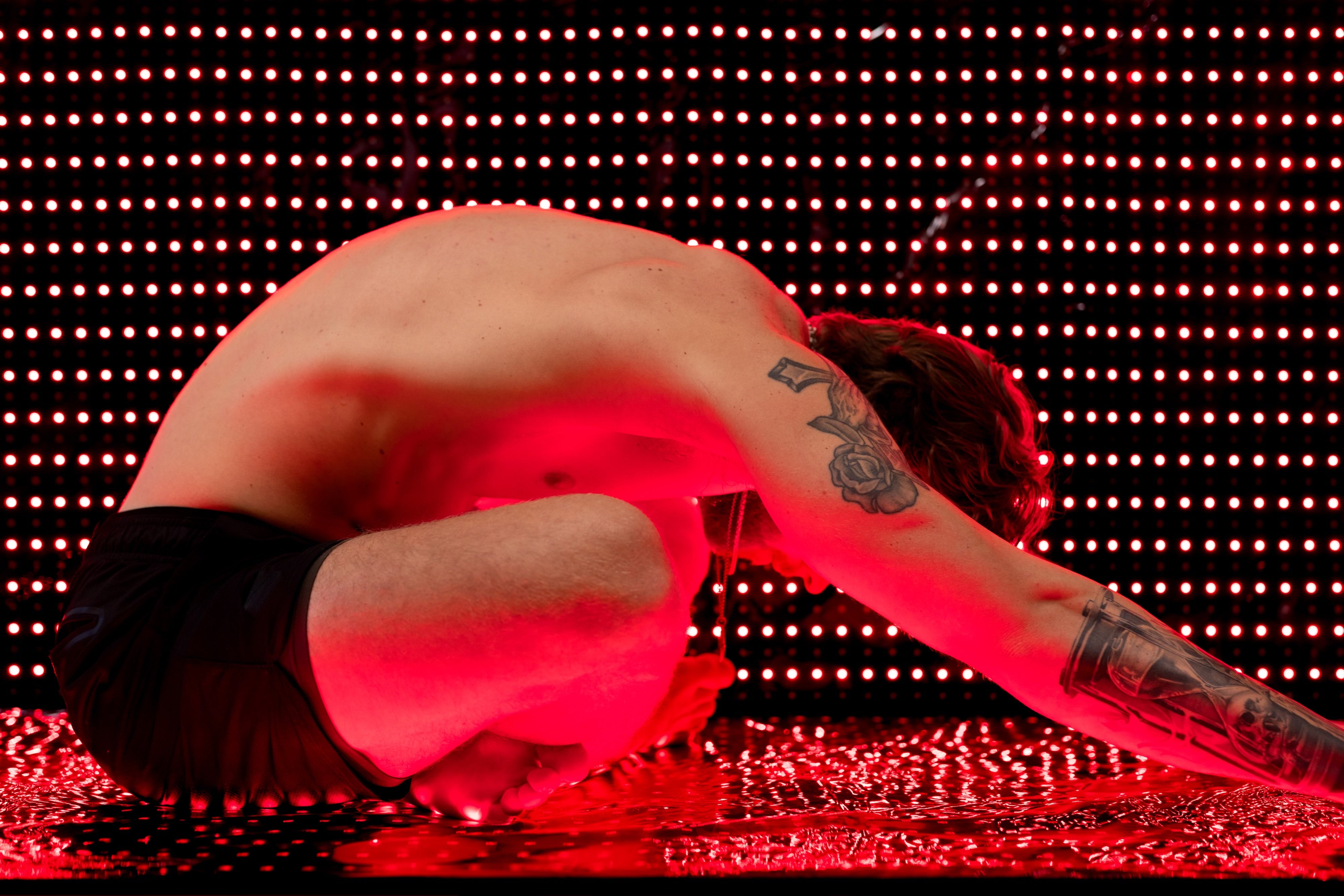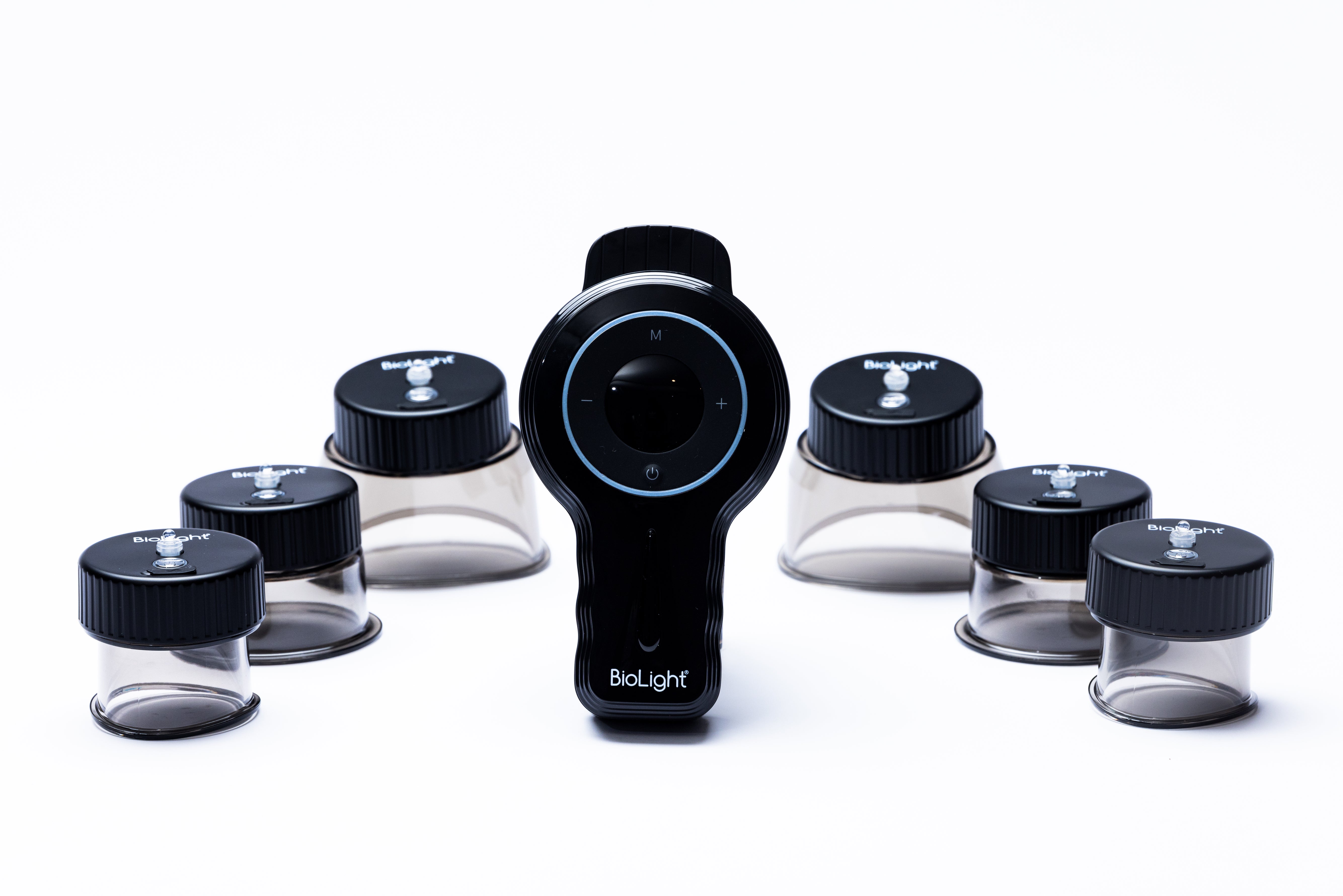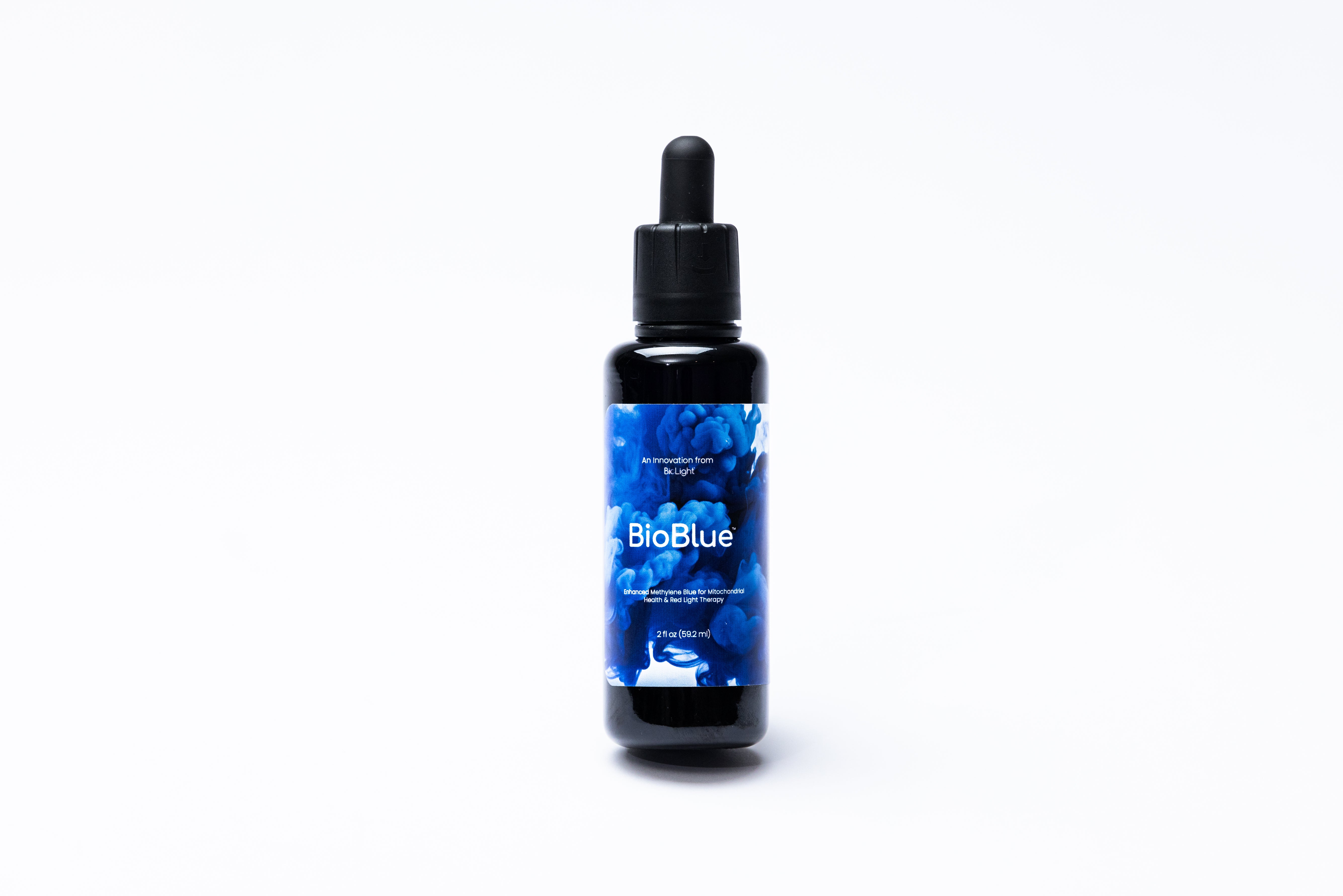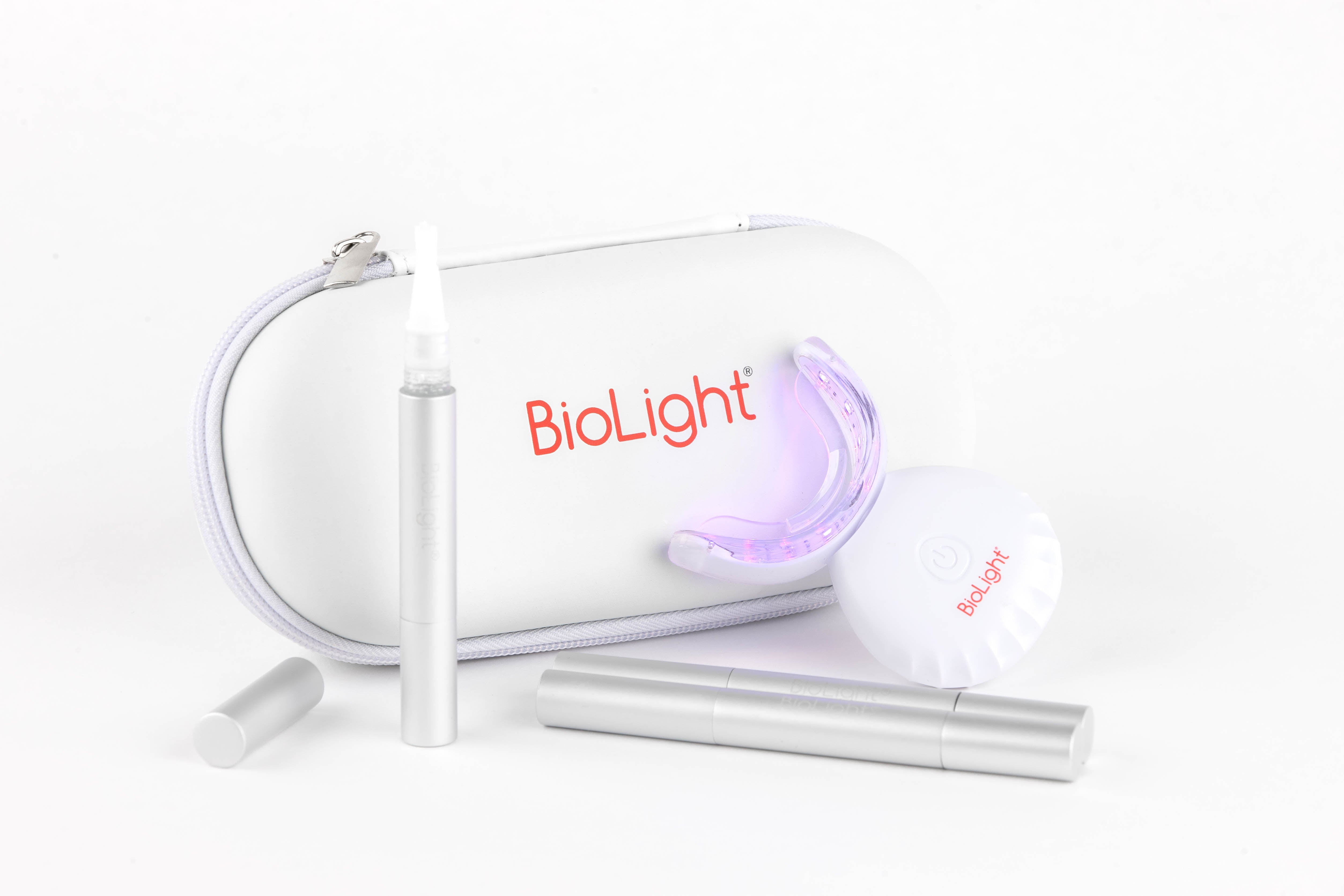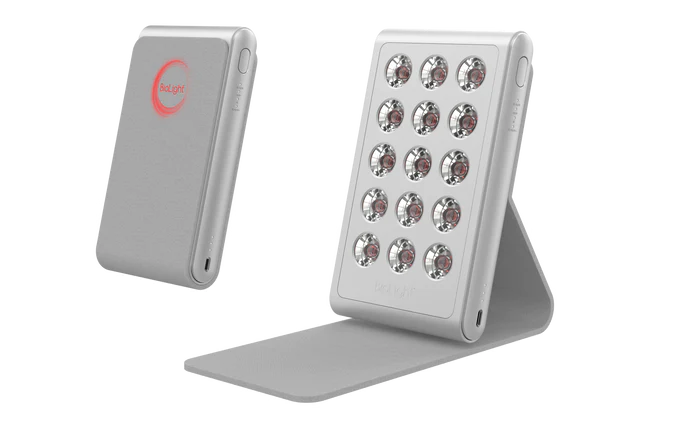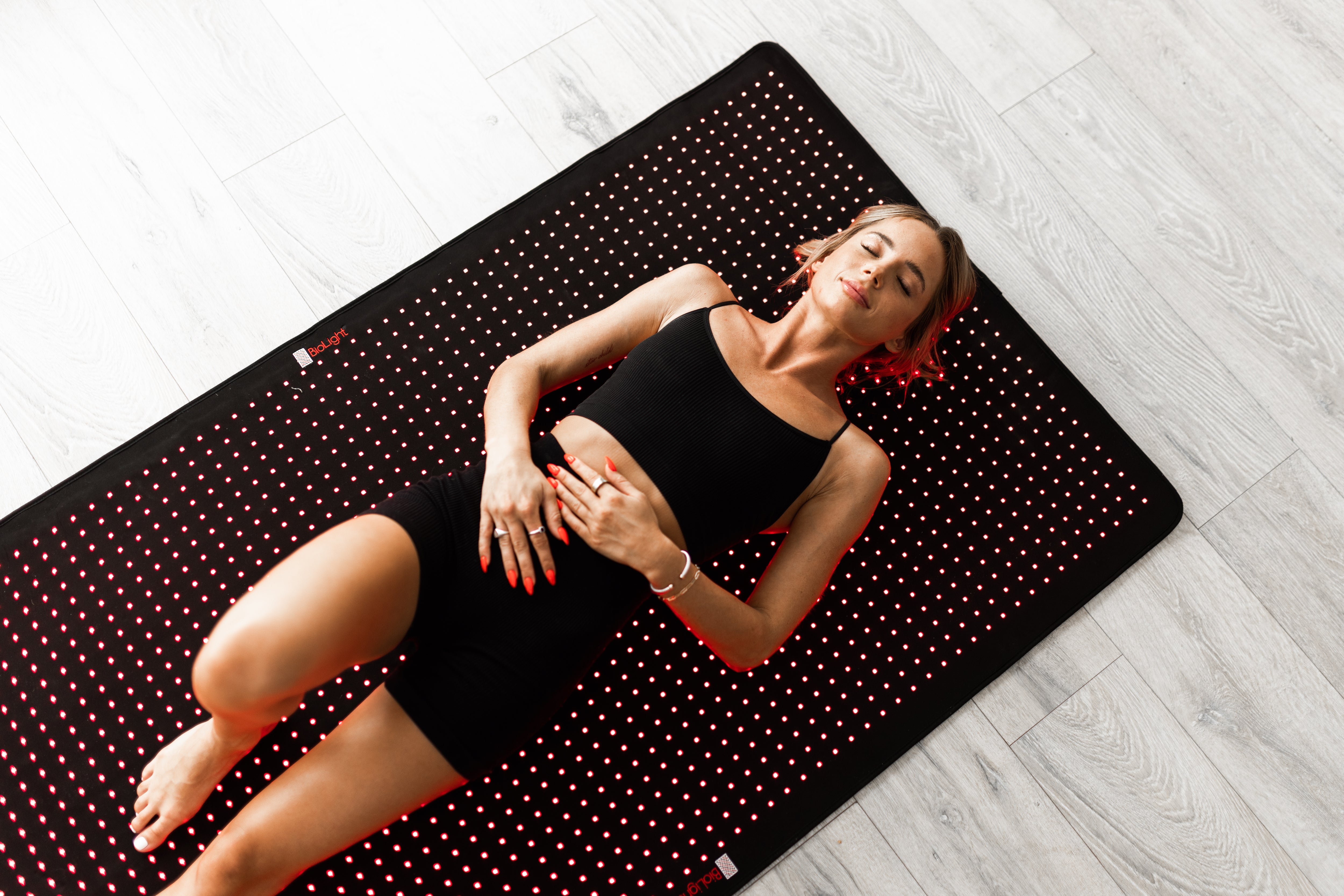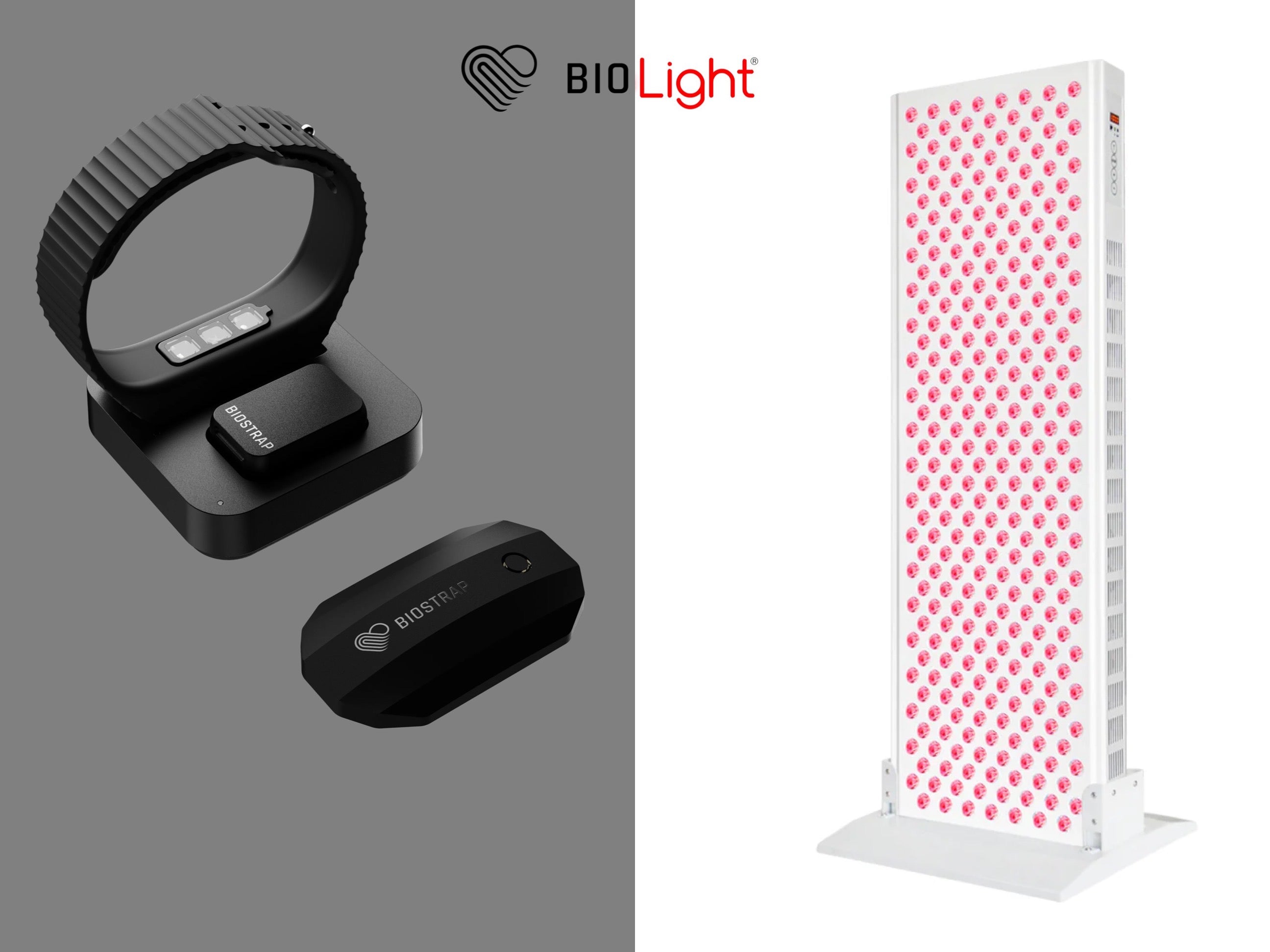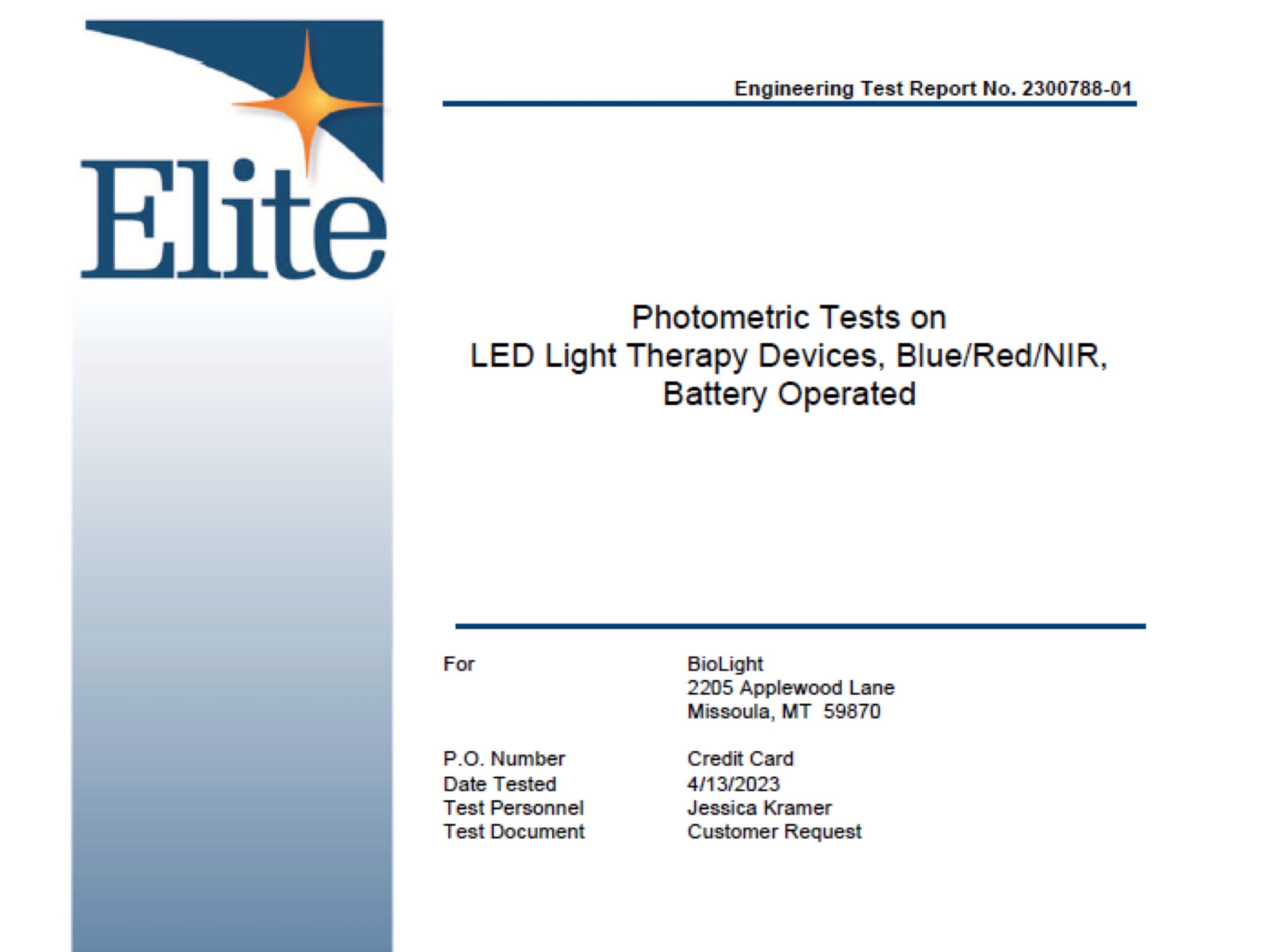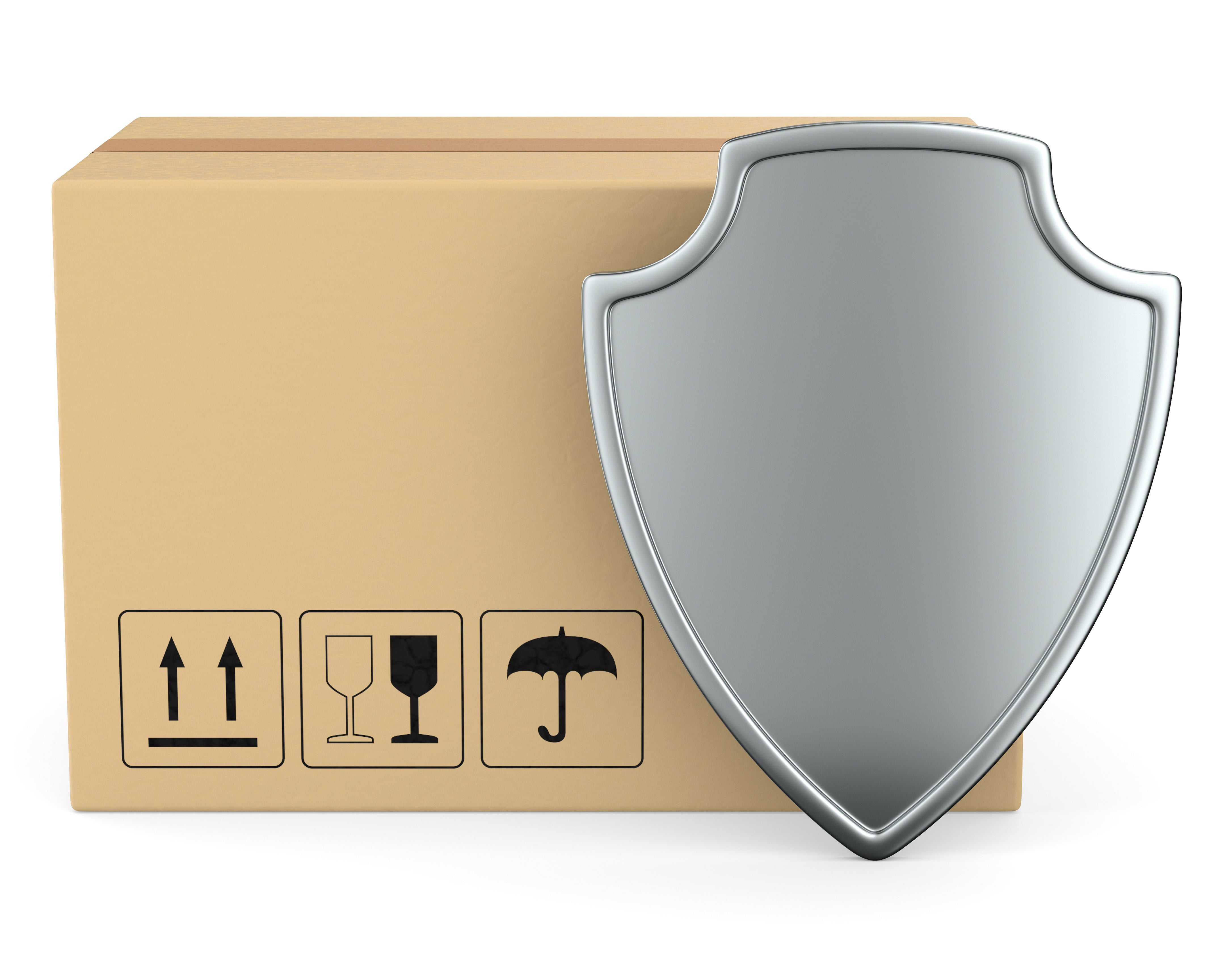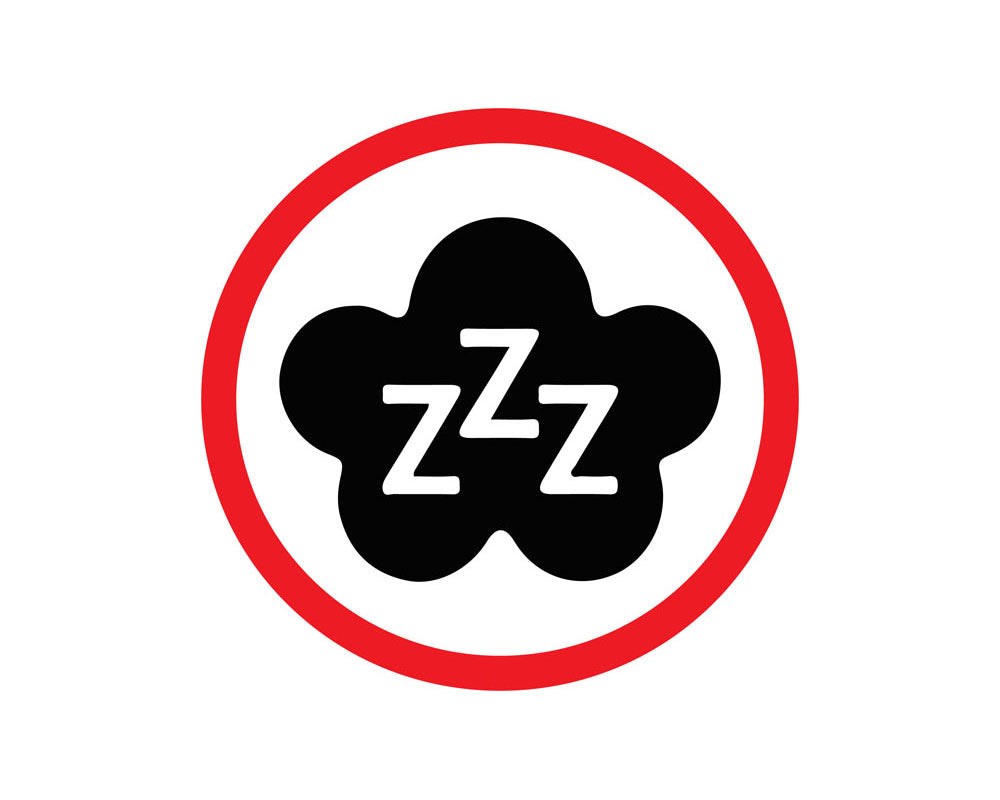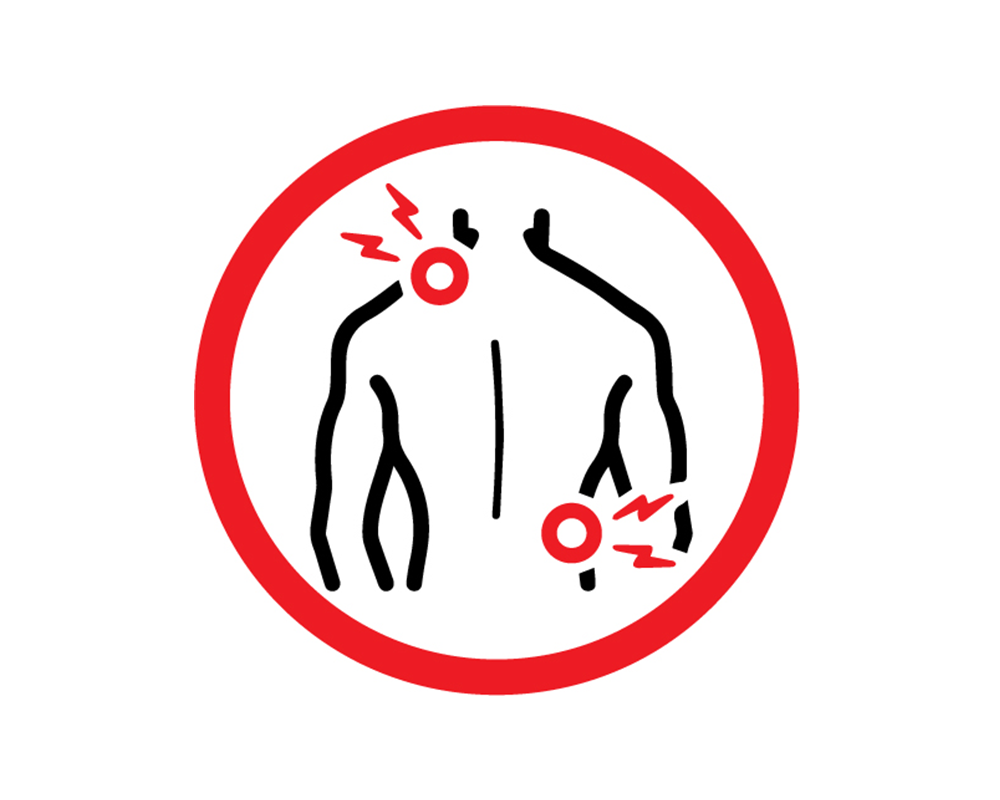How does RLT help?
Given that all mammals and share very similar physiology, the mechanisms of how red light therapy (RLT) works on animals is very similar to that of humans: reduced inflammation, improved circulation and optimized mitochondria -- amongst other proposed processes.
The aforementioned benefits are thanks to RLT initiating the following cellular signaling reactions:
1.) Increased production of reactive oxygen species (which boosts anti-oxidant production and helps modulate inflammation)
2.) Enhances nitric oxide production (i.e., vasodilation that leads to enhanced circulation)
3.) Optimized energy production (allowing the body to carry out all metabolic and cellular functions more efficiently, which is particularly important when recovering from illness or injury)

Tell me more...
Red light therapy been postulated to exert 3 main effects: reduction of pain, modulation of inflammation, & acceleration of healing. For these reasons, RLT has become a popular modality in both general & specialty practices with approximately 20% of veterinary hospitals in North America using the modality. Though RLT has been attempted for a wide variety of indications, the primary categories with the strongest support, largely via experimental studies, include its use in pain, wounds, musculoskeletal conditions, neurologic pathology, and in conjunction with complementary medicine (ie, regenerative medicine & acupuncture).
Pain
With respect to the pain pathway, RLT can act at a variety of levels to provide relief:
-
Reduces pro-inflammatory interleukin-1
-
Decreases pro-inflammatory prostaglandins
-
Increases nitric oxide levels causing vasodilation and removal of inflammatory mediators
-
Produces of beta-endorphins to attenuate the pain signal
-
Increases serotonin for mood augmentation
Wound Healing
Red light therapy optimizes wound healing at multiple levels of the tissue regeneration process, helping to restore the biologic function of injured cells via acceleration of cellular metabolism which generates additional ATP (ie, energy production) for reparative tasks as well as by locally increasing reactive oxygen species & nitric oxide.
This accelerates re-epithelialization and wound closure, enhances fibroblast proliferation, increases granulation tissue, and possibly deters infection. Additionally, RLT improves collagen deposition and organization, increasing the tensile strength of ultimate scar tissue. It may also help reduce inflammation and microbial load to improve tissue integrity during the healing process.
Musculoskeletal Disorders
The following are some of the most commonly encountered musculoskeletal disorders in which RLT can serve as an adjunctive therapy for animals:
-
Osteoarthritis (by reducing inflammation & pain while improving joint mobility and function)
-
Tendon & ligament injuries (by reducing inflammation & articular degeneration while improving collagen synthesis, fibroblast production, tensile strength & fiber organization)
-
Muscle Injuries (increased muscle fiber production, decreased scar tissue & lactate concentration & promotes recovery of atrophied muscle)
-
Fractures (by accelerating bone healing via increased osteoblast production and preconditioning stem cells & stimulates growth factor secretion prior to transplantation)

What does the research show?
“Based on the results of the current study, using NIR light can accelerate the chronic wound healing process in dogs with a significant reduction in wound area. Therefore, it can be used as an adjunctive therapy to improve wound healing in dogs with reduced treatment duration.” (1)
"A dose reduction by at least 50% of the original NSAID dose occurred in 82% (9 of 11) RLT dogs, and in 0% (0 out of 9) of the control group dogs" (2)
"It is concluded that cold and LLLT causes a decrease in the firing frequency of horse muscles, a change that is similar to the effects of analgesia on muscles of subjects experiencing pain. However, for the first time, the present study reveals evidence that supports an effect of LLLT on muscle function." (3)
"Peripheral nerve damage is another commonly seen veterinary neurological condition that can be treated with laser therapy. A number of studies have documented beneficial use of PBMT for peripheral nerve regeneration... These include decreased scar formation at the site of injury, increased axonal growth and myelinization, reduced degeneration of corresponding motor neurons in the spinal cord, increased neurite fiber sprouting, and Schwann cell proliferation." (4)
"Within the veterinary literature, PBMT has been shown to accelerate time to ambulation in surgical dogs with myelopathy secondary to disc herniation, to improve peak vertical force in post-surgical cranial cruciate disease surgical repair and to aid in healing of sterile granulomatous pododermatitis.” (5)
"Photobiomodulation, also known as low-level laser therapy, is a rapidly growing approach to stimulate healing, increase tissue regeneration and reduce pain and inflammation." (6)
"The results of this study strongly suggest that darker pigmented dogs (ie, dogs with darker hair color) should be shaved in order to achieve photon transmission to the subcutis and that black-coated areas on dogs may not be ideal areas for treatment due to lack of this transmission." (7)
**While the current scientific research seems to indicate many positive benefits of RLT in relation to pain relief, there is still an appreciable necessity for more extensive research to be conducted in this area, including double-blind RCT (randomized controlled trials), to provide a more comprehensive, robust overview that will further elucidate the optimal parameters and appropriate uses of RLT, which will ultimately lead the most safe & efficacious uses for individuals seeking pain relief.
Citations
(1) Hoisang, Somphong et al. “Assessment of wound area reduction on chronic wounds in dogs with photobiomodulation therapy: A randomized controlled clinical trial.” Veterinary world vol. 14,8 (2021): 2251-2259. doi:10.14202/vetworld.2021.2251-2259
(2) Looney, Andrea L et al. “A randomized blind placebo-controlled trial investigating the effects of photobiomodulation therapy (PBMT) on canine elbow osteoarthritis.” The Canadian veterinary journal = La revue veterinaire canadienne vol. 59,9 (2018): 959-966.
(3) Ahmed, Waqas et al. “An Investigation Into the Short-Term Effects of Photobiomodulation on the Mechanical Nociceptive Thresholds of M. Longissimus and M. Gluteus Medius, in Relation to Muscle Firing Rate in Horses at Three Different Gaits.” Journal of equine veterinary science vol. 98 (2021): 103363. doi:10.1016/j.jevs.2020.103363
(4) Hochman, Lindsay. “Photobiomodulation Therapy in Veterinary Medicine: A Review.” Topics in companion animal medicine vol. 33,3 (2018): 83-88. doi:10.1053/j.tcam.2018.06.004
(5) Looney, Andrea L et al. “A randomized blind placebo-controlled trial investigating the effects of photobiomodulation therapy (PBMT) on canine elbow osteoarthritis.” The Canadian veterinary journal = La revue veterinaire canadienne vol. 59,9 (2018): 959-966.
(6) Sousa, Marcelo & Kawakubo, Masayoshi & Ferraresi, Cleber & Kaippert, Beatriz & Mateus Yoshimura, Elisabeth & Hamblin, Michael. (2018). Pain management using photobiomodulation: Mechanisms, location, and repeatability quantified by pain threshold and neural biomarkers in mice. Journal of Biophotonics, 11. e201700370. 10.1002/jbio.201700370.
(7) Hochman-Elam, Lindsay N et al. “Effects of laser power, wavelength, coat length, and coat color on tissue penetration using photobiomodulation in healthy dogs.” Canadian journal of veterinary research = Revue canadienne de recherche veterinaire vol. 84,2 (2020): 131-137.
